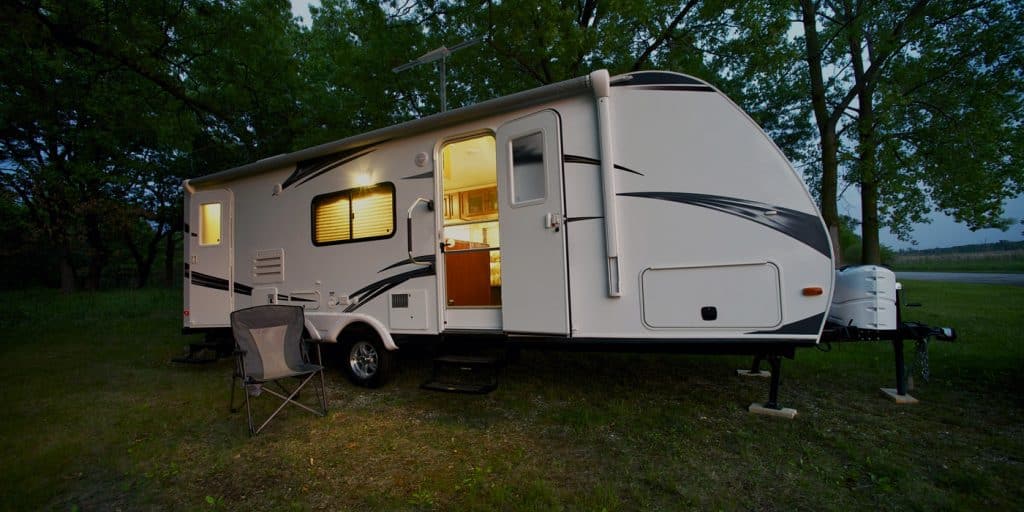When the RVSA commenced on 1 July 2021, a 24-month transitional period was set. By 30 June 2023, all Low ATM Trailer (Light Trailer) Manufacturers and Importers must operate fully under the RVSA regulations.
Getting organised takes significant work, and the Department can take up to 60 days to decide on the application. With less than three months until the transitional period ends, applying for approval as soon as possible is advised.
Overview of the Road Vehicles Standards Act (RVSA)
Replacing the Motor Vehicle Standards Act 1989, the Road Vehicle Standards Act (RVSA) is the most notable legislative update in the Australian Caravan Industry in more than 30 years. It reflects the considerable developments in global and domestic vehicle markets and vehicle technologies.
The RVSA will transform the industry for Recreational Vehicle Manufacturers and Importers in Australia by levelling the industry playing field, restricting new market entrants and enhancing Recreational Vehicle safety and compliance. It will also equip regulators with greater enforcement powers to prevent non-compliant and unsafe vehicles from entering Australian roads.
The key changes include the following:
- Low ATM Trailer Manufacturers and Importers must obtain federal government approvals for RVSA compliance.
- No self-certification is allowed under VSB 1 for Low ATM Trailers.
- All Low ATM Trailers entering the Australian market for the first time must be registered in the Register of Approved Vehicles (RAV).
- Manufacturers and Importers providing more than four trailers must obtain vehicle type approval within the 24-month transition period to be recorded in the RAV.
- Campervan and Motorhome Manufacturers must transition to RVSA approvals and register vehicles on the RAV.
Don’t miss the deadline: How to transition to the RVSA
1. Identify the relevant Australian Design Rules (ADRs)
Note: This should already be underway.
To demonstrate compliance, manufacturers of towable products must identify the ADRs that apply to their products. It’s important to note that the RVSA pertains only to the road vehicle compliance aspects of caravans (the trailer it’s built on).
For more information, visit the Department’s website.
2. Documentation requirements for ADR compliance
Note: Companies should be doing this now.
All necessary information and supporting documents for your towable product must be provided to confirm compliance with relevant ADRs, including:
- ADR-related components, such as reflectors (ADR 47) and drawbars (ADR 62);
- Vehicle dimensions, such as ADR 43;
- Vehicle markings, such as ADR 61;
- Installations, such as lamps and reflectors (ADR 13), tyres (ADR 95) and general safety requirements (ADR 42).
3. Certification of Production (CoP) and Quality Management System (QMS)
Note: Companies should be doing this now.
To obtain Vehicle Type Approvals, including for Low ATM Trailers, you must show adequate control over design, componentry and manufacture.
Conformity of Production can be demonstrated by implementing a QMS, which involves achieving current ISO 9001 certification with a scope that covers road vehicle design and manufacture.
To be eligible for a Vehicle Type Approval, Manufacturers or Importers must keep their supporting information up-to-date and accessible for the full duration of their approval and seven years after it ends. Any changes to design, componentry, or manufacturing processes that could affect compliance with ADRs must be reflected in the documentation.
Appendices 2 and 3 in the Guide to Vehicle Type Approvals for low ATM trailers provide guidance on the QMS requirements. Detailed information on motorised recreational vehicles is available on the Department’s website.
4. Create your account in ROVER
Note: Companies should be doing this now.
Set up your account via the ROVER Portal.
See the ROVER resources page to find out more.
5. Apply for Vehicle Type Approval for all applicable categories
Note: This must be done between 1 July 2021 and 30 June 2023.
Submit an online application form through the Road Vehicle Regulator (ROVER), which includes all the necessary information, documents and declarations.
6. Begin using the new Vehicle Plate ADR61/03
Note: Complete this step after your vehicle type approval is granted under RVSA.
After transitioning to the RVSA, use the new Vehicle Plate ADR61/03. For towable products built under MVSA while transitioning, continue to use ADR61/02 (the current Vehicle Plate).
7. Federal Regulators (VSS) to inspect facilities
Note: Complete this step after your vehicle type approval is granted under RVSA.
Federal Government Vehicle Inspectors may inspect your Caravan (or relevant components) manufacturing premises after obtaining your RVSA-type approval. Make sure you have the proper agreements to meet this key criterion.
8. Enter products produced into the Register of Approved Vehicles (RAV) database
Note: Complete this step after your vehicle type approval is granted under RVSA.
The RAV is an online public database of vehicles, including trailers approved for Australian road use. Every approved vehicle and trailer will be listed on RAV, so it’s crucial for businesses to understand the process and register their light trailers, such as caravans.
Vehicle Type Approval holders must also supply VINs to NEVDIS for all covered vehicles, which can be done at any manufacturing stage. However, it’s necessary to do so before any submission to RAV.
Contact us about compliance in the caravan industry
For more information or assistance managing compliance in the caravan industry, get in touch with our team. We’re experts in compliance and can help you reach your compliance goals quickly and effectively.


